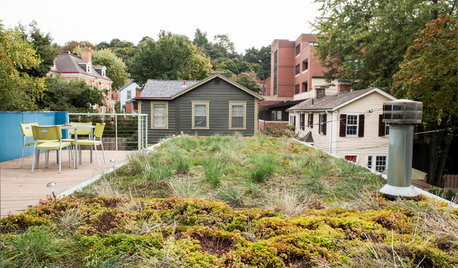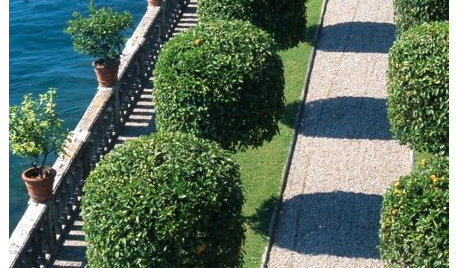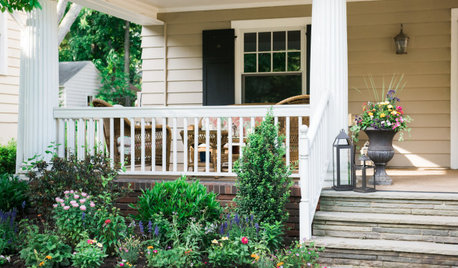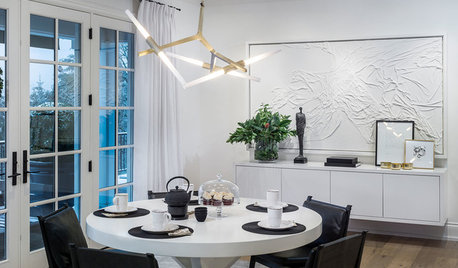help with heating cold frame! (growing zone 4b/5a)
Amy Wickett
5 years ago
last modified: 5 years ago
Featured Answer
Sort by:Oldest
Comments (19)
roseguy
5 years agoparty_music50
5 years agoRelated Professionals
Brandon Landscape Contractors · Painesville Landscape Contractors · Santa Ana Landscape Contractors · Maple Valley Carpenters · Plainfield Carpenters · St. Johns Carpenters · Sugar Land Carpenters · Cherry Hill Fence Contractors · Leesburg Fence Contractors · Goleta Fence Contractors · Danbury Landscape Architects & Landscape Designers · Wareham Landscape Architects & Landscape Designers · Forest City Landscape Architects & Landscape Designers · Edmond Landscape Contractors · Hilo Landscape ContractorsAdvance Greenhouses
5 years agolast modified: 5 years agofloral_uk z.8/9 SW UK
5 years agoAmy Wickett
5 years agofloral_uk z.8/9 SW UK
5 years agoAdvance Greenhouses
5 years agoAmy Wickett
5 years agolast modified: 5 years agofloral_uk z.8/9 SW UK
5 years agolast modified: 5 years agoAdvance Greenhouses
5 years agoAmy Wickett
5 years agolast modified: 5 years agofloral_uk z.8/9 SW UK
5 years agolast modified: 5 years agokitasei
5 years agoSkip1909
5 years agolast modified: 5 years agogjcore
5 years agolast modified: 5 years agodefrost49
5 years agolilyd74 (5b sw MI)
5 years agoMatt z5b - Greenhouse 10a
5 years ago
Related Stories

WINTER GARDENINGExtend Your Growing Season With a Cold Frame in the Garden
If the sun's shining, it might be time to sow seeds under glass to transplant or harvest
Full Story
GREEN BUILDING4 Ways Green Roofs Help Manage Stormwater
See how a living roof of any size can have a big impact
Full Story
GARDENING GUIDES10 Cold- and Heat-Tolerant Perennials and Shrubs for the Arid West
These flowering native plants shrug off the cold of winter and heat of summer while adding beauty to the drought-tolerant landscape
Full Story
COLORPick-a-Paint Help: How to Quit Procrastinating on Color Choice
If you're up to your ears in paint chips but no further to pinning down a hue, our new 3-part series is for you
Full Story
LANDSCAPE DESIGN5 Structural Plants to Frame Your Garden Beautifully
Consider these trees and shrubs live building blocks, providing structure and definition in even a small garden
Full Story
KITCHEN DESIGNKitchen Recipes: Secret Ingredients of 5 One-of-a-Kind Cooking Spaces
Learn what went into these cooks’ kitchens — and what comes out of them
Full Story
FALL GARDENING5 Fall Fruits You Can Grow in Containers
Brighten your porch or patio with a potted pomegranate, kumquat, blueberry bush or another great fall fruit
Full Story
SUMMER GARDENINGHow to Help Your Garden Survive a Heat Wave
Find out how to keep your plants thriving in summer’s heat and how to tell if sunburned ones can be saved
Full Story
PETS5 Finishes Pets and Kids Can’t Destroy — and 5 to Avoid
Save your sanity and your decorating budget by choosing materials and surfaces that can stand up to abuse
Full Story
DECORATING GUIDES5 Things to Splurge On — and 5 Ways to Save
Maximize style and your budget by focusing your decisions on areas that deliver the biggest impact
Full Story






maisie6b